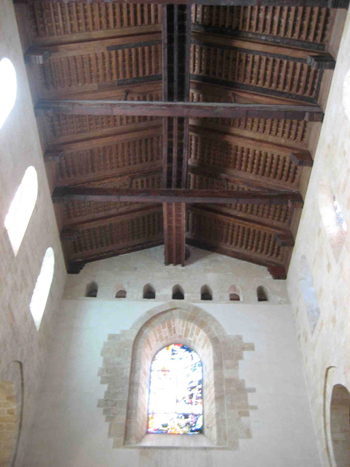Welcome to our website

Architectural conservation
Architectural conservation describes the process through which the material, historical, and design integrity of mankind's built heritage are prolonged through carefully planned interventions. The individual engaged in this pursuit is known as an architectural conservator. Decisions of when and how to engage in an intervention are critical to the ultimate conservation of the immovable object. Ultimately, the decision is value based: a combination of artistic, contextual, and informational values is normally considered. In some cases, a decision to not intervene may be the most appropriate choice.
History of the architectural conservation movement
As a movement, architectural conservation in general, and the preservation of ancient structures specifically, gained momentum during the 18th and 19th centuries. It was a response to Modernism and its corresponding architectural perspective, which eschewed sentimental attachment to old buildings and structures in favor of technological and architectural progress and change. Prior to this time most of the ancient buildings that were still standing had only survived because they either had significant cultural or religious import, or they had yet to be discovered.
The growth of the architectural conservation movement took place at a time of significant archaeological discovery and scientific advancement. Those educated in the field began to see various examples of architecture as either being "correct" or "incorrect". Because of this, two schools of thought began to emerge within the field of building conservation.
Preservation/Conservation were used interchangeably to refer to the architectural school of thought that either encouraged measures that would protect and maintain buildings in their current state, or would prevent further damage and deterioration to them. This school of thought saw the original design of old buildings as correct in and of themselves.
Two of the main proponents of preservation and conservation in the 19th century
were art critic John Ruskin and artist William Morris.
Restoration was the conservationist school of thought that believed historic buildings could be improved, and sometimes even completed, using current day materials, design, and techniques. In this way it's very similar to the Modernist architectural theory, except it does not advocate the destruction of ancient structures. One of the most ardent supporters of this school of thought in the 19th century was French architect Eugène Viollet-le-Duc.

